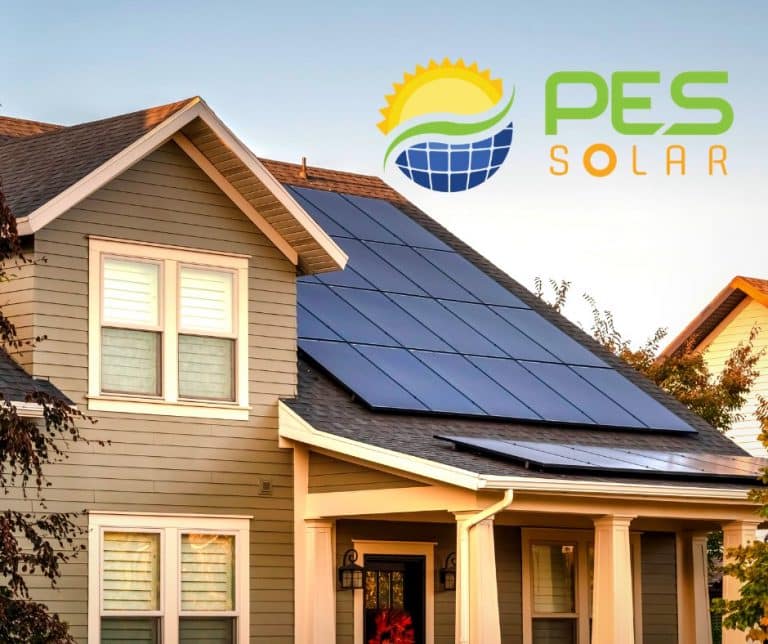When you need professional solar system servicing, call PES Solar at (800) 650-6519.
Grid-tied solar power systems are usually highly reliable, but what happens when your system loses access to the grid? If you don’t have a battery backup installed, you could find yourself without power until the electric company fixes the outage. Keep reading to learn more about adding batteries to a grid-tied solar system before this happens, so you’re not left in the dark.
What Is a Grid-Tied Solar System?
As the name implies, a grid-tied solar system connects to the electric grid while powering your home through solar energy. When night falls or clouds roll in, the system switches over to the grid to get its electric power. This differs from an off-grid system, which doesn’t connect to the electric company.
If the electric company needs to work on the grid, though, it will shut down your system to protect technicians from electric shock. Many homeowners avoid losing power by installing a battery backup as part of their system.
Battery Backup for Grid-Tied Solar Systems
A grid-tied system with battery backup, also called a hybrid system, is more expensive than a system without battery power. Battery prices vary, but you can expect to pay an average of $10,000.
Still, some homeowners favor batteries because, unlike gas generators, they’re quiet, environmentally friendly, and don’t require regular fuel top-ups.
Options for Adding Batteries to a Grid-Tied Solar System
It’s cheaper and easier to add batteries as part of your initial solar system setup. However, if you skipped battery installation during setup and want to add one to your system now, you have several options.
AC Coupling
With AC coupling, your grid-tied system inverter connects to a battery bank and an off-grid inverter, which acts as another power source. This method is compatible with most grid-tied systems, and it’s the easiest way to retrofit a battery, as well. If either the battery or inverter is too small, though, performance can suffer.
DC Coupling
DC coupling uses a charge controller to connect your battery directly to the solar array. This method works with a wide range of battery sizes and inverters rated for input of up to 600 volts. DC coupling automatically activates backup power when there’s an outage, but the system’s photovoltaic (PV) array won’t start charging again until someone manually reactivates it.
Storage-Ready Inverter
If neither of the above options works for you, consider replacing your system’s grid-tied inverter with a storage-ready inverter. This method works with all grid-tied systems, but it’s the priciest way to retrofit a system because it requires the most time and effort. However, storage-ready inverters gather excess energy so you can sell it back to your electric company during high usage hours, which will help you recoup some of the initial cost.
Contact PES Solar to Learn More
If you’re interested in adding batteries to a grid-tied solar system, call us at PES Solar at (800) 650-6519 today! Our experts can answer all your questions about grid-tied vs. off-grid systems and help you understand your options for retrofitting your system with battery backup.

